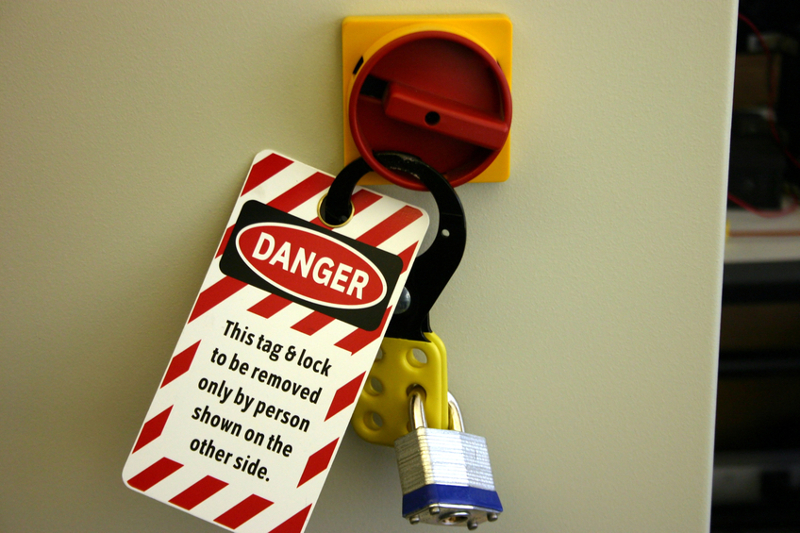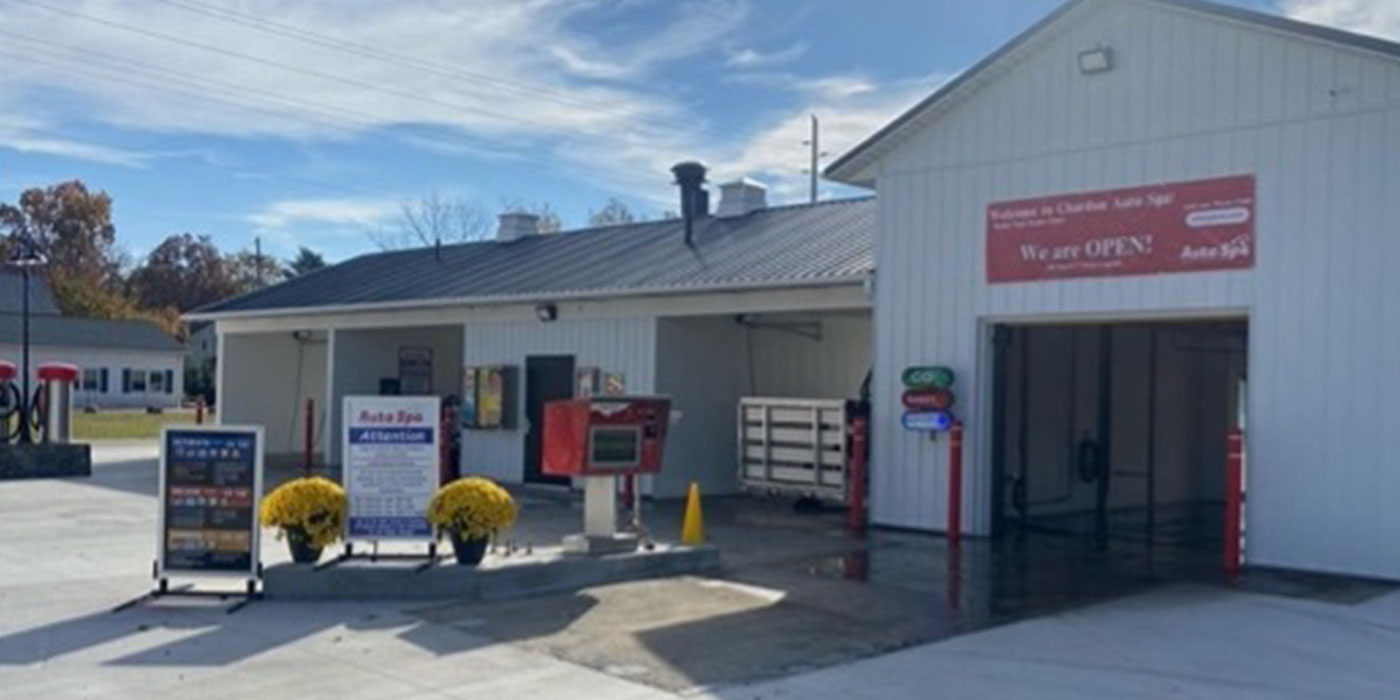When it comes to working on carwash equipment at the wash, effective lockout/tagout (LOTO) procedures are crucial. Having these procedures in place not only complies with Occupational Safety and Health Administration (OSHA) standards but, more importantly, can also prevent serious injury or death.
For those who aren’t familiar with what a LOTO program is, review OSHA Subpart J, 29 CFR 1910.147 “The Control of Hazardous Energy.” This procedure establishes minimum standards for LOTO at a facility.
The goal of the program is the prevention of accidents caused by the unintentional energization of equipment or release of stored energy. An employee isolates an energy controlled device by applying a lock or tag to the device in the off, or safe, position, indicating that the control cannot be operated. Note that energy sources do not have to be electrical only. For instance, an air compressor would qualify as well.
Having a LOTO plan in place does not automatically mean that a carwash has all the components for compliance. Some owners who have experienced harmful consequences of not providing a proficient LOTO program may have felt that they had protected their employees by implementing a LOTO plan. However, after investigating the circumstances behind a few of these incidents, it was learned that sometimes a carwash can comply with the letter of the law, but not the spirit of the law.
For example, in 2005 a carwash attendant died after being pulled into a side-arm brush while washing down the wash’s tunnel. In this incident, the carwash was missing a written procedure for safely performing the task that lead to the attendant’s death. The development of an audit and inspection program as part of the LOTO plan would have pointed out, in writing, the potential dangers of the procedure being performed by this individual. It would have educated the employee on the dangers associated with the job he was doing and why shutting down the power was necessary.
I recently read a Grainger article outlining a five-step plan that I believe will help bolster a LOTO program. It’s not just about having the locks, tags, signage and good intentions. The five steps are:
- Develop and document your energy control policy/program.
- Create and post written, equipment-specific lockout procedures.
- Identify and mark all energy control points.
- Train your employees, communicate and conduct periodic inspections.
- Equip your employees with the proper lockout tools and warning devices.
It is important to note that the carwash attendant who died from being pulled into a side-arm brush was performing a routine job. He was simply washing down the area around the conveyor where an excess amount of dirt and debris had accumulated. It was the process that put this employee in harm’s way, and not the actual hazard of this particular job.
In this industry, we know that we must comply with regulations. After all, we are responsible for doing the best we can to keep employees safe. But, we also need to continue to question ourselves and keep open minds to constantly evaluate if there is anything more we can do. It is following the spirit of the laws that will truly keep carwash employees safe.
Take another look at your LOTO program, and decide if it will meet all the criteria necessary to protect employees while working at the wash. If you don’t already have one in place, work with your insurance provider to get one.
Remember: A safe wash protects people and profits.














